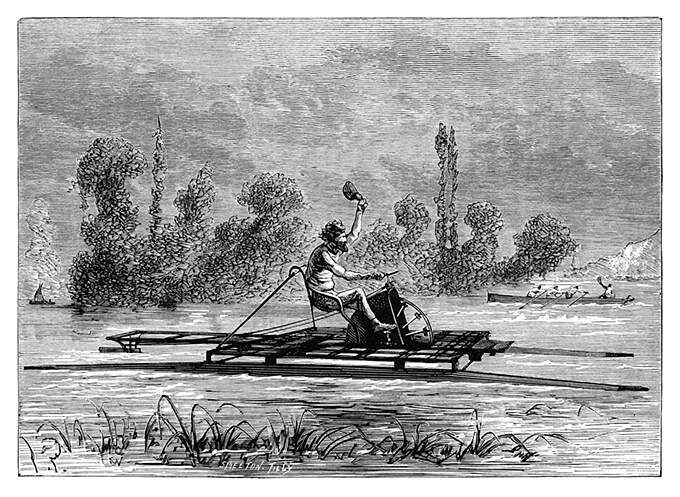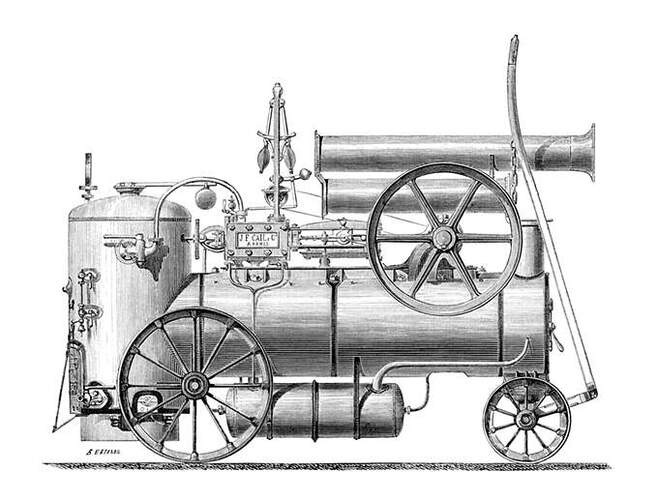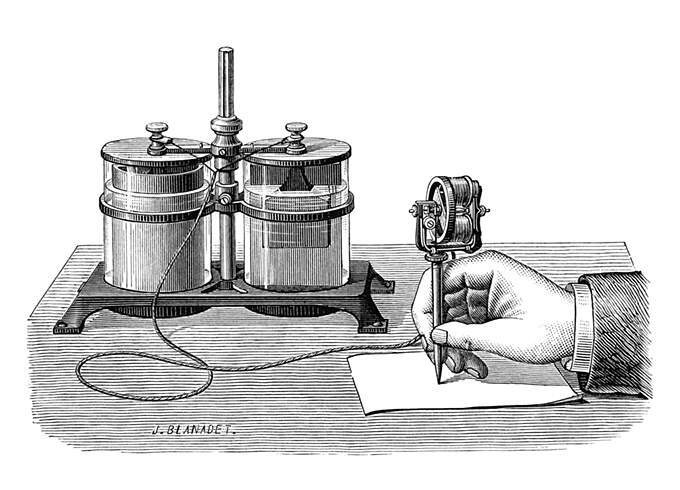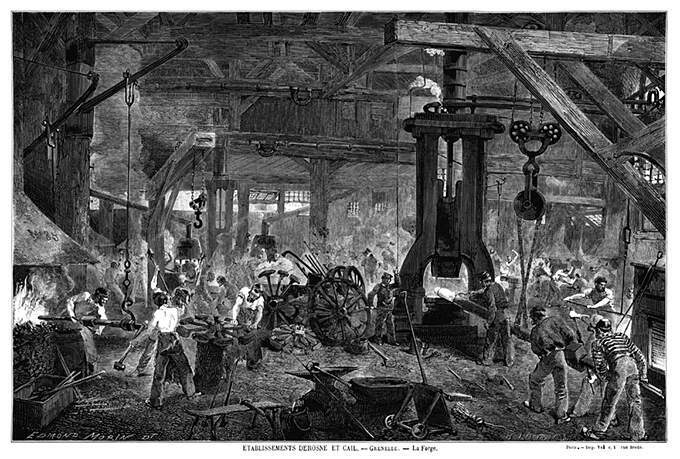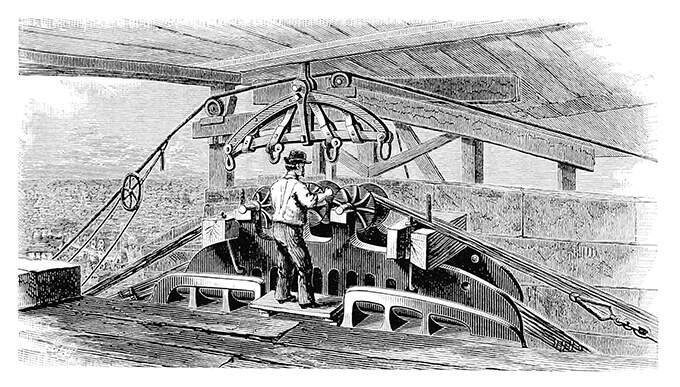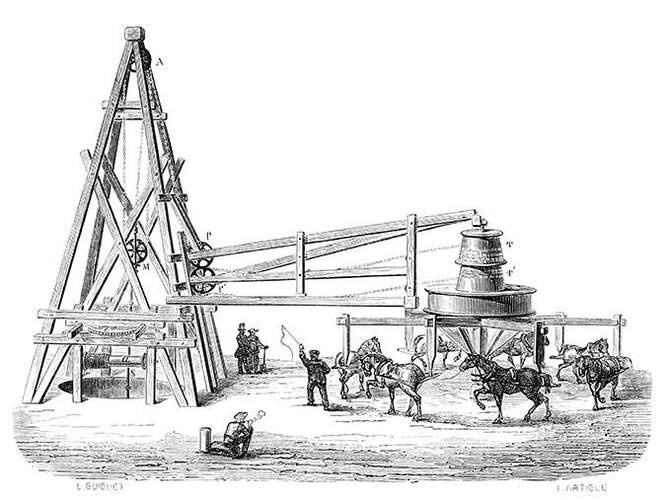
Over the holidays, I stepped back from the frenetic pace of startup MVP building and focused on researching systems and processes.
One of my deep dives uncovered this outstanding primer from Intercom.com on the Jobs To Be Done framework, which they've successfully used for many years of product development. It's a "first principles" version of a design and manufacturing process, developed by Harvard Business School Professor Clayton Christensen.
First principles means:
take any existing process (i.e. successful, failing, getting by) and prepare to break it down, regardless of its current usefulness
strip the steps down until no more complexity can be removed
rebuild the process while maintaining simplicity and efficiency (minimal step functions, time and budget)
Current Status of Startup and SMB Recruiting
Most employers at startups and SMBs I speak with are overwhelmed. They grudgingly know they should, but can't find the time and attention, to devote ~25% of their work schedule to recruiting. This critical-for-success job function includes: identifying threats to (or fertile areas for) growth, short-term talent acquisition and long-term prospecting. And yet, one or all of these are not given the gravitas they require.
Moreover, several long-term factors exist:
- Hiring remains accident-prone
Due to your company's size and relative youth, a bad hire can seriously diminish growth prospects, poison the whole team's esprit de corps, and possibly lead to complete failure depending on what role the person is meant to fulfill. Let's not even discuss the process of having to fire someone, which is usually dragged out and significantly draining for everyone.
- There's a sea of great talent out there
Over-confident and over-capitalized but revenue poor companies are booting tens of thousands of otherwise highly skilled, diverse professionals in all sorts of roles. This is the best time in a decade to scoop up excellent, motivated staff. Recent conversations with employers indicate a single open position is attracting ~500-1,000 applicants.
- You can set your business up for better multi-year success
Run through a new framework, your job description will be a more effective instrument ensuring your and the applicants' expectations meet. This leads to an easier recruiting process for all and a more engaged employee post-onboarding. Given the choppy economic conditions for the foreseeable future, successful hires are not a luxury, but a critical survive and thrive requirement.
Position-to-be-filled (PTBF) Exercise
In first principles fashion, let's clarify how to solve short and long-term challenges and more precisely define who the ideal candidate is. We'll also uncover additional problem-solving skills that could be brought in-house, perhaps replacing third party service providers.
- What core challenges / opportunities (operational, managerial, budgetary, growth) are we trying to solve?
Lay out, in as much detail as possible, what the challenges / opportunities are and how they affect the rest of the company, specific teams and the growth trajectory.
- Candidate stories
Describe an ideal situation with the new hire firmly onboarded and in place. Use the following framework, "When a new hire is maximally productive, I want to be able to _ _ _ _ _ _ _ , so I can _ _ _ _ _." Make it as vivid as possible, defining it in one (or more) specific timeframes i.e. daily, monthly, quarterly team workflow.
- How will you measure success?
Define the time frame required for a confident assessment that the challenges / opportunities have been solved by addition of the new hire. Also, what qualitative and quantitative measures are required to give full confidence they are the right person. Here, again, be as explicit as possible.
- Develop a realistic outlook
Before considering the 30-60-90 day perspective, spend some time forecasting out the next 12-24 months. What other roles and responsibilities could this person take on, esp. given growth prospects? How much flexibility should they exhibit given the company's future needs? How much should be described to them in the interview? Shortly after hire? After it's been determined they are a good fit?
Notes:
-- Strive for a balance of completeness & brevity so you can be confident you've distilled expectations to their most achievable. Completeness sets you up to exceed them.
-- Complete a PTBF worksheet for every new recruiting campaign. Keep a copy with HR / Recruiting docs and one in the new hire's docs, so you can review during periodic assessments. This is critical for staying honest and clear about what you wanted upon hiring and what was communicated to the employee.
-- Solicit feedback from the entire team to complete this process, helping to uncover anything you missed, ensuring everyone is on board with what needs to be done and who you are looking for (since teammates may know colleagues to talk to). This is a good way to repeat long-term direction and strategy messaging too.
-- Write this doc out as a conversation between colleagues. Simple language, clearly defined and realistic current challenges which a new hire will solve in an appropriate timeframe. The more systematized, the better as the company builds.
Using the PTBF exercise will help you quickly clarify exactly what challenges exist and who needs to be brought on, for current and future challenges. By running through this framework, it's likely more aspirations can be met and all parties will be well-informed and satisfied.
Free recruiting starter docs bundle
I am finalizing a new set of recruiting starter docs for 2023 and will be releasing it later this month. If you would like it, and to keep up on this blog, welcome you to sign up for our newsletter here.
Resources
Basecamp's Shape Up: Stop Running in Circles and Ship Work That Matters
The original Harvard Business Review article
Sidenote--
Bighire.tools / Bighire.io is an emerging startup narrowly focused on delivering tools and services. We have an internal road map with a series of enhancements to make the hiring practices of SMBs and startups much easier and successful.
What's with the blog post images? We are big fans of innovation and trying to bring the world solutions which have never existed before. So we have reached back in history to find examples of the efforts of others. Besides finding enough images for posts is tough!

